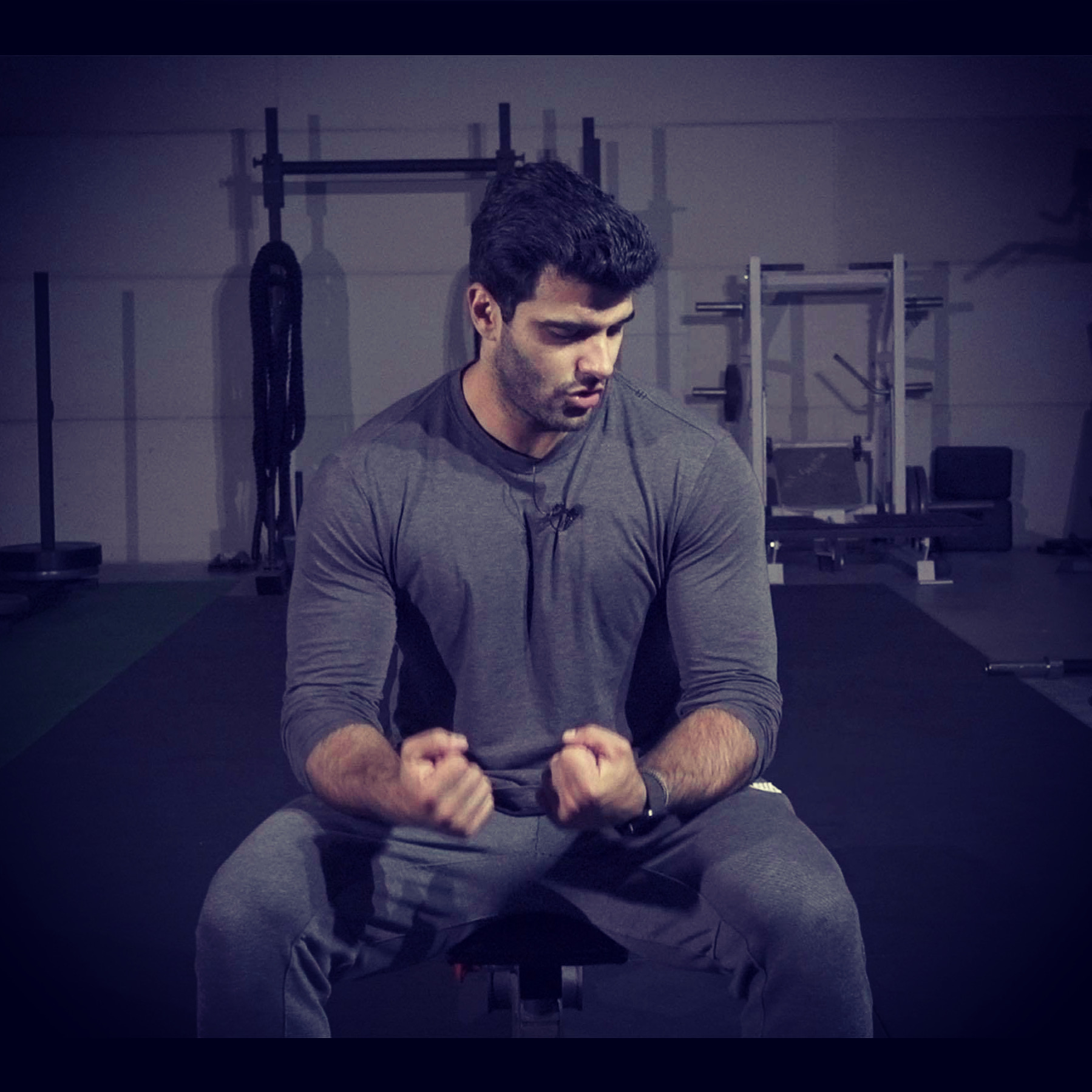Building Strength Through Structural Muscles: A Better Approach to Movement and Pain Management
- Richard Aceves

- Dec 17, 2024
- 2 min read
Building Strength Through Structural Muscles: A Better Approach to Movement and Pain Management
When it comes to movement and pain relief, too many people focus on manipulating or massaging small, reactive muscles to ease discomfort. But what if we approached it differently? What if the goal was to build a strong connection with your body's larger, structural muscles, the ones truly responsible for stability and support?
The essence of this lesson is simple: learn to create and maintain tension in your big structural muscles during movement. When these muscles aren't engaged, the tension shifts to smaller, reactive muscles, which often leads to pain and dysfunction.
Shifting Your Perspective on Movement
Rather than aiming for arbitrary goals like touching your toes or achieving a specific range of motion, the focus should be on moving while keeping your body safe. The question is no longer "Can I touch my toes?" but "How far can I bend while maintaining proper tension and alignment?"
Where you are today is just that—today. It's a starting point, not a permanent state. Reflecting on your past mobility can provide some context, but what matters is the present: understanding how to move safely and effectively right now.
Tension Holds the Key
Muscles generate tension to position joints correctly. When muscles are properly engaged, your body won't need to send out alarm signals—those familiar intensity spikes that manifest as back pain or hip discomfort.
Here's a simple test: move while breathing through your nose. For example, let's take your pecs. By contracting your pec muscles and inhaling deeply, you can feel how the tension allows for controlled movement. The same principle applies to your larger muscles, like your glutes.
When you exceed your muscles' capacity to maintain tension, that tension is displaced elsewhere. This is why improper movement often leads to strain in areas like the lower back.
Understanding Tension and Hinging
Let's break it down with a common example: the hip hinge.
If you can't maintain tension in your glutes, hamstrings, and obliques, your body compensates. Instead of elongating your hamstrings and glutes as you bend forward, your hips shift backward, and your spine extends. What you've done is transferred the load to your lower back—a recipe for discomfort or injury.
To fix this, try the following:
Squeeze your glutes as hard as you can.
Inhale through your nose as you bend forward, maintaining that glute and hamstring engaged.
Exhale as you return to standing.
This simple exercise allows you to move with greater safety and control, laying the foundation for deeper exploration of breathing and movement techniques.
Breathing and Engagement
Breath is essential to this process. Proper inhalation during movement helps you gauge the limits of your muscles' ability to hold tension. When you lose tension, your body compensates by shifting it to smaller, reactive muscles like the lumbar erectors, iliacus, or quadratus lumborum (QL). These muscles aren't meant to carry that load, leading to discomfort and overuse.
Final Thoughts
Remember, you may have been misled into believing that small, reactive muscles are the key to addressing pain and dysfunction. In reality, true progress comes from understanding and engaging the larger, structural muscles of the body. With this foundation, you can move confidently, reduce pain, and optimize your performance.



Comments